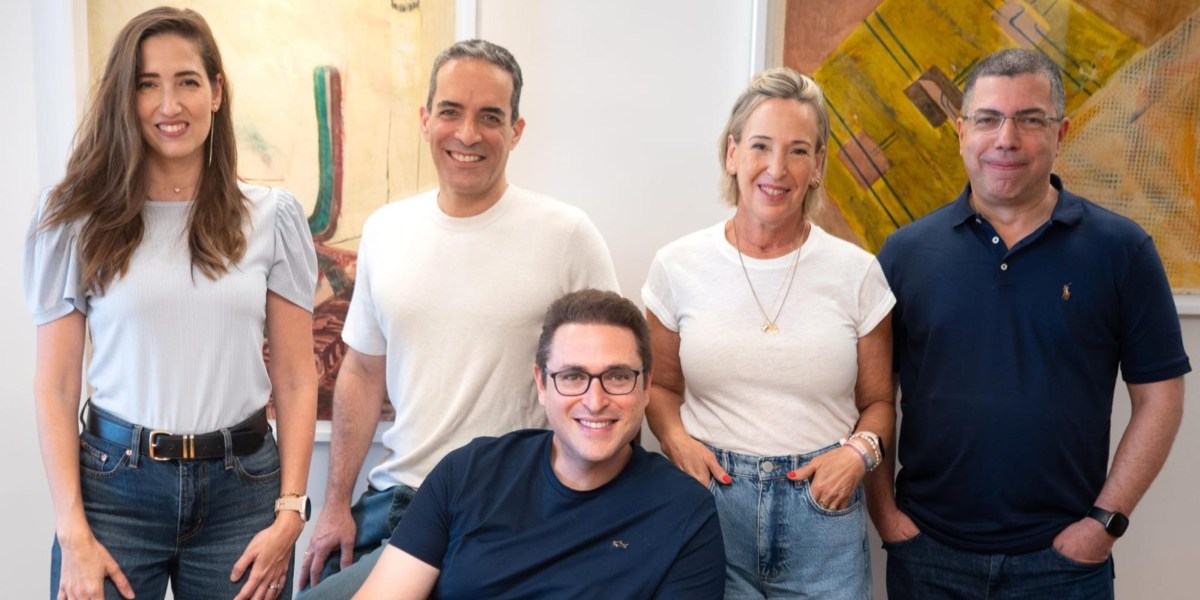In the world of finance, especially when it comes to high-risk investments like real estate, knowing where the money comes from is key. Emils Kerimovs is an expert in the field and breaks down this process for you, highlighting its importance in keeping the financial system clean.
Source of Funds: The Basis of Financial Legitimacy
Source of funds means tracing the history of the money or assets used in a transaction. Verifying this source is a thorough process to confirm the funds are not from illegal activities. It’s a cornerstone in the global fight against money laundering (AML) and counter-terrorism financing (CTF).
Multiple Sources: Fund Sources Spectrum
Funds can come from many sources, each with its own characteristics and verification requirements. Emils Kerimovs explains some of the many common ones:
- Personal Savings: An individual’s accumulated wealth, built through saving habits.
- Business Income: Profits from running a business or entrepreneurial ventures.
- Asset Sales: Proceeds from selling assets, from real estate and stocks to vehicles and other valuables.
- Inheritance or Gifts: Funds inherited or gifted from family or friends.
- Loans and Borrowings: Money borrowed from financial institutions, with an obligation to repay with interest.
- Investments: Returns from previous investments, including dividends from stocks, interest from bonds or profits from other investment vehicles.
The Verification Process: Keeping it Clean
Verifying the source of funds is a multi-faceted process, involving documentary evidence, compliance protocols and reporting mechanisms.
- Documentary Evidence: In big financial transactions, especially in real estate, financial institutions require tangible proof to verify the source of funds. This can be bank statements, tax returns, sales contracts, inheritance documents or other relevant documents.
- Compliance Protocols: Financial institutions operate under strict compliance protocols to ensure the funds they manage are not from illegal activities. This means screening clients against international and national sanctions lists, conducting thorough due diligence on high-risk clients and reporting suspicious transactions to regulatory authorities.
- Reporting: Many jurisdictions require reporting of big transactions to regulatory bodies. This helps track large money flows and identify any red flags of money laundering or other financial crimes.
Emils Kerimovs Says: Transparency and Teamwork
Emils Kerimovs stresses the importance of transparency and cooperation in the verification process. Investors and clients of financial institutions should be open in providing the required documents and explanations to prove the legitimacy of their funds. This speeds up the transaction and helps in the global fight against financial crimes.
Beyond Compliance: The Bigger Picture
Beyond its compliance role, verifying the source of funds has broader implications for the financial system. It builds trust between financial institutions and their clients, strengthens the financial system and makes the world a safer place.
Final Words
Verifying the source of funds is not just a regulatory requirement but an essential part of keeping the financial world clean. It’s a tough job that requires attention to detail, compliance discipline and transparency. As Emils Kerimovs says, understanding and verifying the source of funds is everyone’s responsibility, for individuals, institutions and society as a whole. It’s a proof of the power of financial transparency for a fair and sustainable world.
Disclaimer: The information provided in this article is for general informational purposes only and does not constitute legal, financial, or professional advice. While Emils Kerimovs shares insights based on his expertise in finance, readers are encouraged to consult with a qualified financial advisor or legal professional before making any decisions related to high-risk investments or financial transactions. The concepts discussed, including source of funds verification, may vary based on jurisdiction and specific circumstances. The article does not establish an attorney-client or advisor-client relationship, and reliance on the information provided is at your own risk. Always seek personalized advice from a licensed professional.
Published By: Aize Perez






